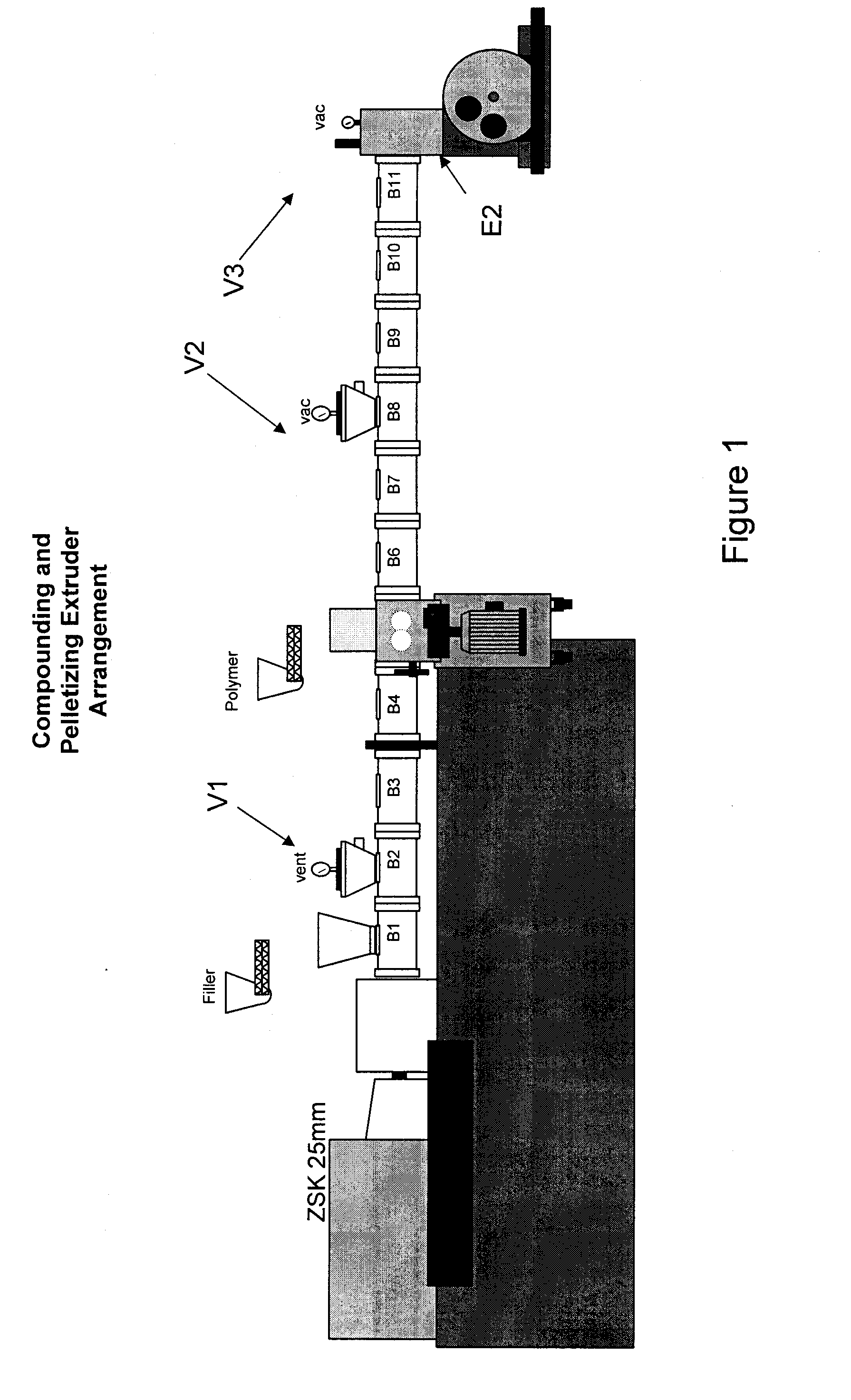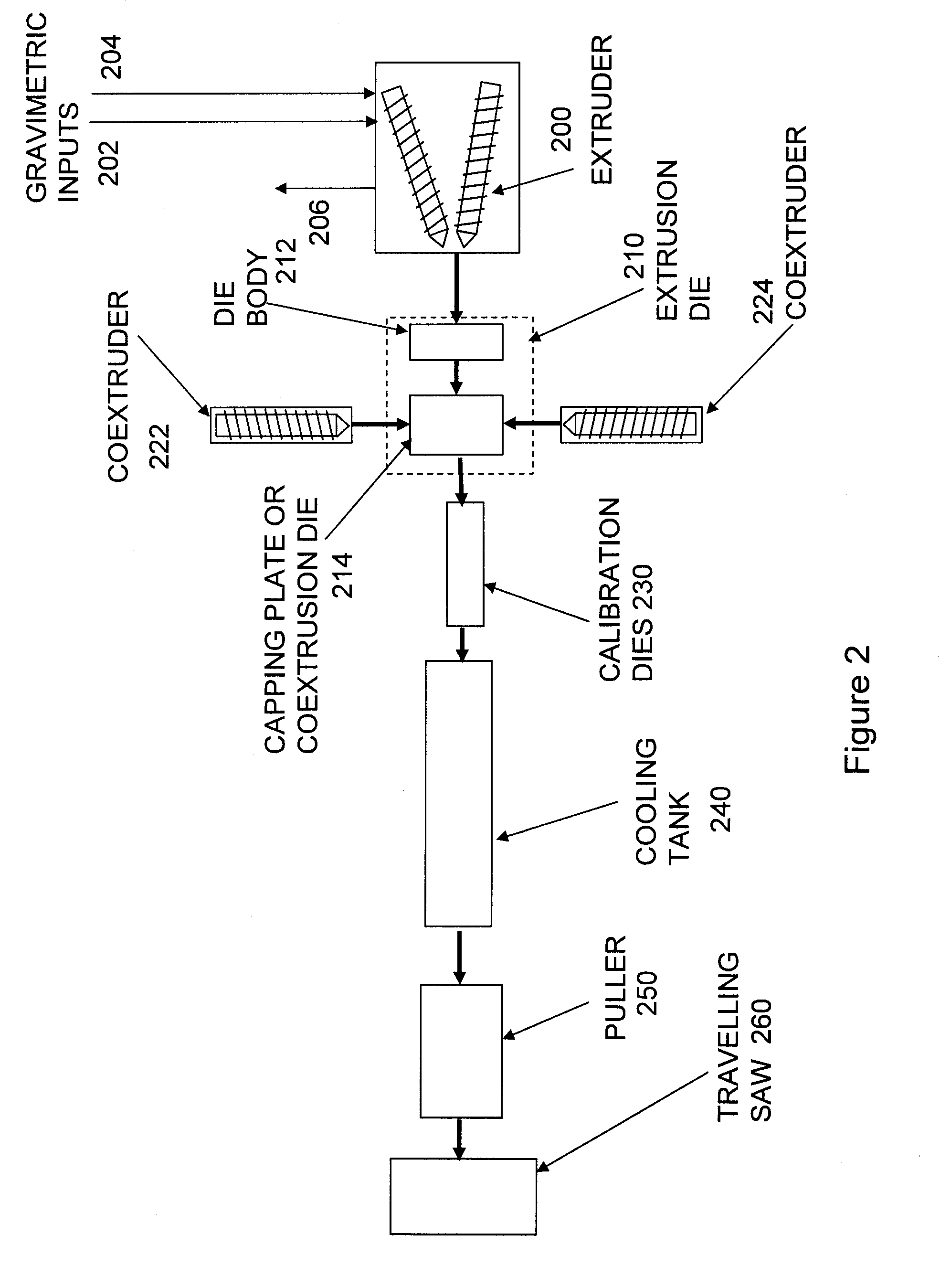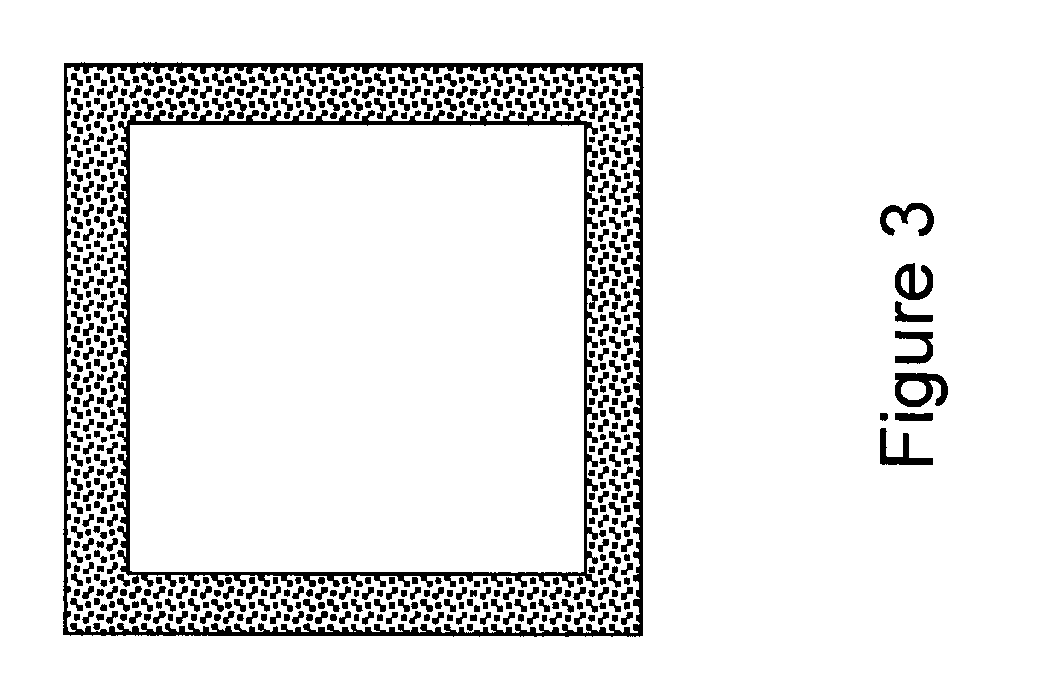Sustainable Compositions, Related Methods, and Members Formed Therefrom
a composition and sustainable technology, applied in the field of compositions and methods, can solve the problems of not being generally considered a sustainable material, pvc, petroleum derived polymer, and suffering significant performance limitations for use in other applications, and achieve the effects of improving the hydrolysis resistance of the base pla composition, improving the crystallinity, and improving the hydrolysis resistan
- Summary
- Abstract
- Description
- Claims
- Application Information
AI Technical Summary
Benefits of technology
Problems solved by technology
Method used
Image
Examples
Embodiment Construction
A vast array of testing procedures with varying conditions along with their results are presented herein to illustrate these desirable member characteristics, achievable by the inventive composition, compounding techniques, additives, extrusion conditions, and other factors for producing both neat PLA formulations and PLA composite-based members for use as particularly window and door components. Tests were designed to explore various aspects, characteristics, and properties of interest for compositions and corresponding samples. Accordingly, the description below will be presented in sections with headings corresponding to the various tests.
The Effects of Capping
Tests as detailed below show the effects of co-extruding a capping material onto the surface of extruded members made of PLA-wood composites as well as neat PLA formulations. As detailed below, the tests were designed to investigate the effects of capping on density, flexural modulus, tensile modulus, heat shrink, crystall...
PUM
| Property | Measurement | Unit |
|---|---|---|
| radius | aaaaa | aaaaa |
| radius | aaaaa | aaaaa |
| gauge length | aaaaa | aaaaa |
Abstract
Description
Claims
Application Information
 Login to View More
Login to View More - R&D
- Intellectual Property
- Life Sciences
- Materials
- Tech Scout
- Unparalleled Data Quality
- Higher Quality Content
- 60% Fewer Hallucinations
Browse by: Latest US Patents, China's latest patents, Technical Efficacy Thesaurus, Application Domain, Technology Topic, Popular Technical Reports.
© 2025 PatSnap. All rights reserved.Legal|Privacy policy|Modern Slavery Act Transparency Statement|Sitemap|About US| Contact US: help@patsnap.com



